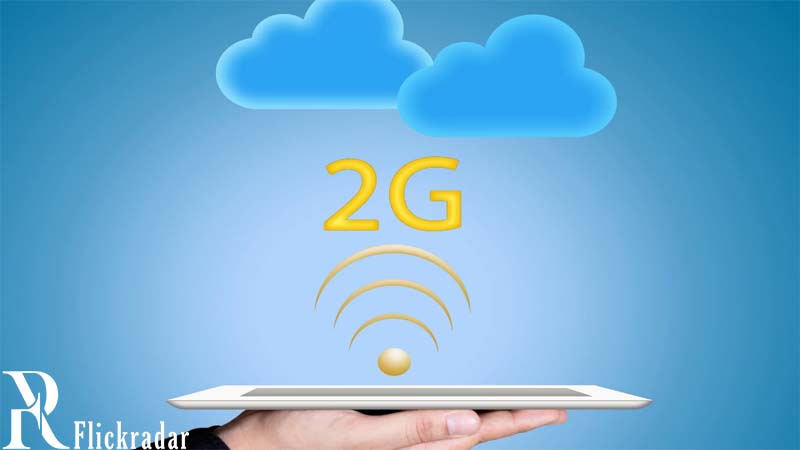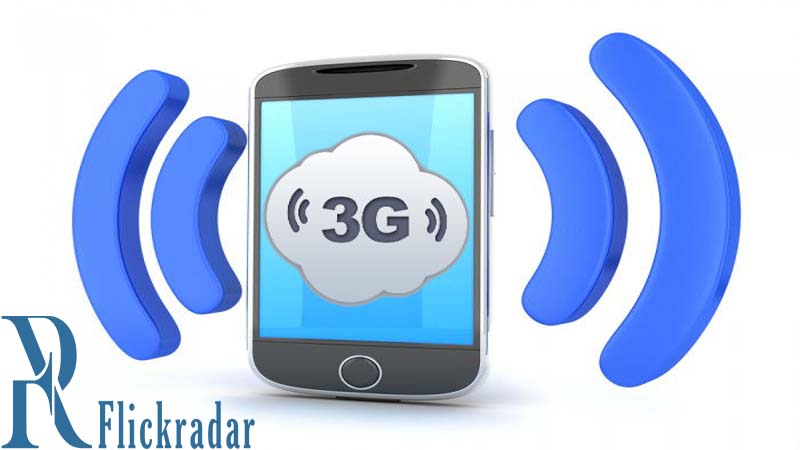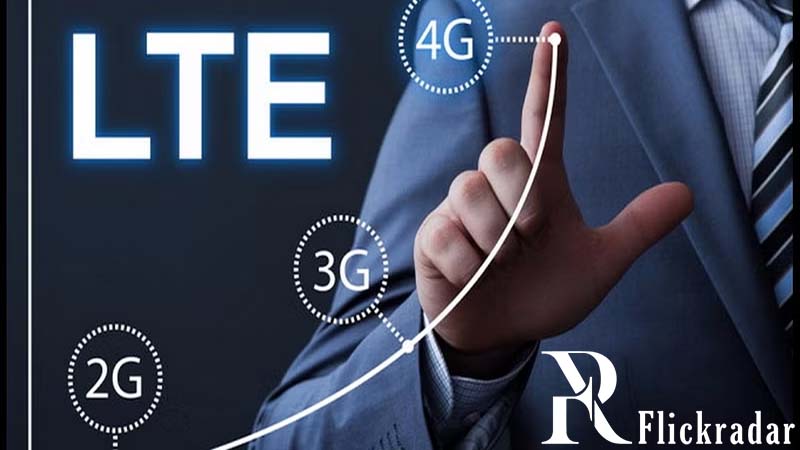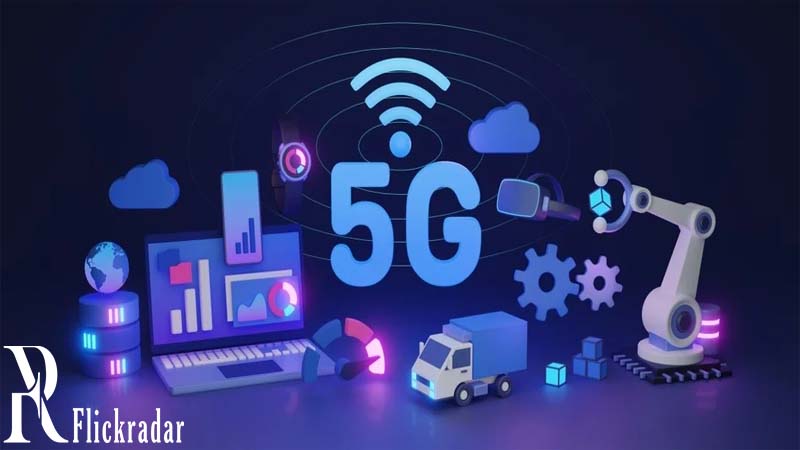The Mobile Evolution a Comprehensive Journey from 2G to 5G
2G to 5G: Embark on a comprehensive exploration of the evolution of mobile technology with Navigating the Mobile Evolution: A Comprehensive Journey from 2G to 5G. This insightful journey traces the transformative path from the humble beginnings of 2G networks, highlighting their historical significance and ongoing relevance. As we delve into the rise and fall of 3G networks, witness the golden age of real-time communication and the global connectivity it fostered.
The narrative then accelerates into the era of 4G, a network that revolutionized mobile experiences with blazing speeds and improved capacity. As we bid farewell to 3G, the article delves into the imminent rise of 4G and 5G technologies. Uncover the impact of 4G on mobile devices, from dramatic speed enhancements to improved network capacity, paving the way for the extensive coverage and affordability that continue to make it a dominant cellular technology worldwide.
The journey reaches its zenith with an exploration of 5G, a transformative force promising seamless connectivity, unprecedented speed, and a myriad of possibilities. Understand the core improvements 5G brings, from enhanced mobile broadband to ultra-reliable low-latency communication and massive machine-type communication, revolutionizing industries and connectivity on a global scale. Amidst the excitement of the 5G era.
The 2G Network: A Relic of the Past or Still a Vital Link?
In the age of blazing 5G speeds and immersive VR experiences, it’s easy to forget the humble beginnings of mobile connectivity. The second-generation (2G) network, often associated with pixelated images and painfully slow dial-up tones, laid the foundation for the ubiquitous mobile world we know today. But is 2G merely a relic of the past, or does it still hold value in our technologically advanced landscape?

From Bricks to Bytes: The Rise of 2G
Launched in the early 1990s, 2G represented a giant leap forward from its analog predecessor, the 1G network. By introducing digital technology, 2G offered features like voice calls, SMS texting, and basic internet access. These seemingly outdated functions might not spark much excitement today, but they revolutionized communication, enabling global connectivity and laying the groundwork for the mobile internet boom.
Beyond Voice and Text: The Unexpected Legacy of 2G
Despite being surpassed by faster and more versatile 3G and 4G networks, 2G continues to play a crucial role in various sectors. Its ubiquity and low power consumption make it ideal for remote areas or in applications like the Internet of Things (IoT). 2G to 5G From monitoring agricultural sensors to tracking wildlife migration, 2G’s reliable signal reaches where many modern networks struggle.
The Sunset Looms: Will 2G Fade into Oblivion?
With 5G now rolling out and older networks being decommissioned, 2G faces an uncertain future. Security concerns have also been raised, prompting some providers to shut down their 2G infrastructure. Yet, the network’s resilience and unique capabilities mean its complete disappearance is unlikely in the near future.
2G to 5G: A Balancing Act Preserving Legacy While Embracing the Future
The continued existence of 2G presents a challenge for network operators. They must maintain and modernize this aging technology while simultaneously investing in newer, more advanced networks. Finding the right balance will be crucial for ensuring seamless connectivity for all users, especially in developing regions where 2G remains a vital lifeline.
The 2G Story: More than Just a Slow Connection
The story of 2G is not simply about slow internet speeds and clunky handsets. It’s a testament to the power of innovation and the transformative impact of mobile technology. Even in the face of obsolescence, 2G’s legacy lives on, reminding us of the fundamental purpose of mobile communication: connecting people and empowering them to share, explore, and innovate.
This article provides a brief overview of the 2G network, its historical significance, and its ongoing relevance. Feel free to ask me any further questions you might have about 2G technology or its future!
From Flickering Flame to Blazing Bonfire: The Rise and fall of 3G Networks

The 3G network, once the epitome of mobile connectivity, now finds itself fading into the annals of technological history. While its reign may be ending, its impact on the way we communicate and access information remains undeniable. Let’s take a nostalgic journey through the rise and fall of this revolutionary technology.
A Brighter Future: The Dawn of 3G
Before 3G, the mobile world was a grainy, pixelated landscape. GPRS, its predecessor, offered a sluggish internet experience akin to watching dial-up videos. Then, in the early 2000s, 3G emerged, ushering in a new era of mobile possibilities. 2G to 5G With data speeds soaring up to 14.4 Mbps (compared to GPRS’s 0.17 Mbps), 3G opened the door to a world of real-time communication and multimedia content.
Suddenly, downloading music and videos, streaming live events, and engaging in video calls became a reality. Businesses embraced the mobile revolution, utilizing 3G for remote work, real-time data gathering, and enhanced customer service. Education, too, felt the transformative power of 3G, with e-learning platforms and mobile applications enriching the learning experience.
The Golden Age: 3G Connects the World
The impact of 3G transcended national borders. In developing countries, it bridged the digital divide, connecting remote communities and fostering economic growth. Social media platforms like Facebook and Twitter boomed under 3G’s wings, creating a global village of interconnected individuals.
However, 3G wasn’t without its limitations. Network coverage, especially in rural areas, was often patchy. 2G to 5G Data plans were expensive, and battery drain from constant connectivity was a real concern. Yet, despite these shortcomings, 3G remained the dominant mobile technology for over a decade, leaving an indelible mark on the world.
The Inevitable Sunset: The Rise of 4G and 5G
As technology advanced, so did our hunger for speed and bandwidth. 4G, with its blazing-fast data speeds and improved network capacity, began to eclipse 3G. The rise of streaming services, mobile gaming, and cloud computing further fueled the demand for even faster connections.

Today, 5G stands poised to revolutionize the mobile landscape once again. With its near-instantaneous data speeds and ultra-low latency, 5G promises to transform everything from autonomous vehicles and smart cities to remote surgery and immersive virtual reality experiences.
2G to 5G: A Legacy Engraved in Silicon
While 3G networks are gradually being phased out, their legacy lives on. 2G to 5G They paved the way for the mobile revolution we experience today, laying the foundation for the ever-evolving world of connected devices and seamless communication. From grainy video calls to crystal-clear video conferencing, from sluggish downloads to instant streaming, 3G’s journey reflects the relentless march of technological progress.
So, as we bid farewell to the 3G era, let us remember it not for its limitations, but for the doors it opened and the possibilities it ignited. It was a flickering flame that ignited a blazing bonfire, forever changing the way we connect and experience the world around us.
The Future Unfolds: What Lies Beyond 3G?
The story of mobile technology is far from over. With 6G already on the horizon, the quest for faster, more efficient, and more ubiquitous connectivity continues. As we hurtle towards a future of hyper-connected devices and unimaginable bandwidth, let us not forget the humble 3G, the bridge that connected us to a world of endless possibilities.
4G: The Network That Transformed Our Mobile World
The 4G network, short for fourth-generation cellular network, revolutionized the way we use our mobile devices. Launched in the late 2000s, it marked a significant leap forward from its predecessor, 3G, offering dramatically faster speeds, improved capacity, and lower latency.
2G to 5G: Speed Demon
The most noticeable change brought by 4G was the blazing-fast data speeds. Compared to 3G’s sluggish 2-7 Mbps download speeds, 4G boasted theoretical speeds of up to 150 Mbps, enabling users to download movies in minutes, stream high-definition videos without buffering, and enjoy lag-free online gaming. 2G to 5G This transformed the mobile experience, making it truly seamless and responsive.
Capacity Crunch Solved
With the growing demand for mobile data, network congestion was a major issue with 3G. 4G addressed this by employing advanced technologies like MIMO (Multiple-Input Multiple-Output) and OFDM (Orthogonal Frequency-Division Multiplexing). These technologies allowed for more efficient use of the radio spectrum, enabling more users to connect to the network simultaneously without experiencing slowdowns.
Not Just About Speed
While speed is often the headline feature of 4G, it also brought improvements in other areas. Lower latency, the time it takes for data to travel between devices, made real-time applications like video conferencing and online gaming significantly smoother. Additionally, 4G’s all-IP architecture allowed for better integration of voice and data services, paving the way for features like Voice over LTE (VoLTE) that provide crystal-clear voice calls over the data network.
The Legacy of 4G
The impact of 4G extends far beyond faster downloads and smoother streaming. It fueled the mobile app revolution, enabling developers to create data-intensive applications that were simply not possible on slower networks. It also played a crucial role in bridging the digital divide, bringing affordable internet access to remote and underserved areas.
The Future of 4G
While the 5G network has begun to roll out in some parts of the world, 4G will remain the dominant cellular technology for several years to come. 2G to 5G Its extensive coverage, mature infrastructure, and affordability make it a reliable and accessible option for billions of users worldwide. As 5G continues to develop, 4G will likely evolve alongside it, with advancements like carrier aggregation and network slicing further enhancing its capabilities.
In conclusion, 4G’s legacy is undeniable. It transformed the mobile landscape, connecting us faster, smoother, and in more ways than ever before. It laid the foundation for the next generation of cellular technology and continues to play a vital role in our increasingly connected world.
I hope this article provides a comprehensive overview of the 4G network and its impact. If you have any further questions, feel free to ask!
5G: Transforming the Way We Live and Connect

5G is not just the next generation of mobile network technology; it’s a transformative force with the potential to revolutionize almost every aspect of our lives. From the way we work and learn to the way we interact with our cities and homes, 5G promises a future of seamless connectivity, unimaginable speed, and unprecedented possibilities.
What is 5G?
5G stands for fifth-generation mobile network. It’s a complete overhaul of the existing cellular infrastructure, offering significant improvements in:
Speed: Download speeds can reach up to 20 gigabits per second (Gbps), making it many times faster than 4G LTE. Imagine downloading a full-length movie in seconds!
Latency: The lag between sending and receiving data is dramatically reduced, enabling real-time applications like remote surgery and autonomous vehicles. 2G to 5G Think of it as the difference between sending a telegram and having a face-to-face conversation.
Capacity: 5G networks can connect vastly more devices than ever before, paving the way for the Internet of Things (IoT) revolution. Billions of sensors, appliances, and even cars will be able to communicate with each other, creating a vast network of intelligent machines.
Reliability: 5G is more reliable and stable than previous generations, ensuring consistent connectivity even in crowded areas. No more dropped calls or buffering videos!
The Impact of 5G
The applications of 5G are endless, and its impact will be felt across various industries and sectors:
Enhanced Mobile Broadband (eMBB): Consumers will experience blazing-fast internet speeds, revolutionizing video streaming, gaming, and augmented reality experiences. 2G to 5G Imagine downloading a virtual reality game in seconds and exploring immersive worlds with near-zero lag.
Ultra-Reliable Low-Latency Communication (uRLLC): This will enable critical applications like remote surgery, autonomous vehicles, and industrial automation. Imagine a surgeon performing a life-saving operation on a patient miles away, or a self-driving car reacting to obstacles in real-time.
Massive Machine-Type Communication (mMTC): Billions of IoT devices will connect to the network, generating massive amounts of data. This will lead to smarter cities, homes, and industries, with everything from traffic lights to agricultural sensors communicating and optimizing processes. Imagine your refrigerator automatically ordering groceries when you’re running low, or your smart thermostat adjusting to your preferences before you even step into the house.
The Future of 5G
5G is still in its early stages of deployment, but its potential is undeniable. As the technology matures and becomes more widely available, we can expect to see even more innovative applications emerge, transforming the way we live, work, and interact with the world around us.
Challenges and Concerns
While 5G offers a bright future, there are also challenges and concerns that need to be addressed:
Infrastructure: Deploying a nationwide 5G network requires significant investment in new infrastructure, including cell towers and fiber optic cables. This can be costly and time-consuming, particularly in rural areas.
Device compatibility: Not all devices are currently compatible with 5G networks. Consumers will need to upgrade their smartphones and other devices to take advantage of the new technology.
Security and privacy: As more devices connect to the network, the potential for cyberattacks and privacy breaches increases. Robust security measures need to be implemented to protect users and their data.
Notwithstanding these tests, the possible aids of 5G overshadow the threats. With careful planning and investment, 5G can usher in a new era of connectivity and innovation, creating a world of possibilities we can only begin to imagine.
Conclusion:
The evolution from 2G to 5G marks a remarkable progression in mobile technology. Each generation built upon the previous, with significant leaps in speed, capacity, and reliability. While challenges remain in deploying and securing 5G, its potential to transform our lives and industries is undeniable. 5G stands poised to usher in a new era of connectivity and innovation, connecting us faster, smarter, and in more ways than ever before.

Comments
Post a Comment